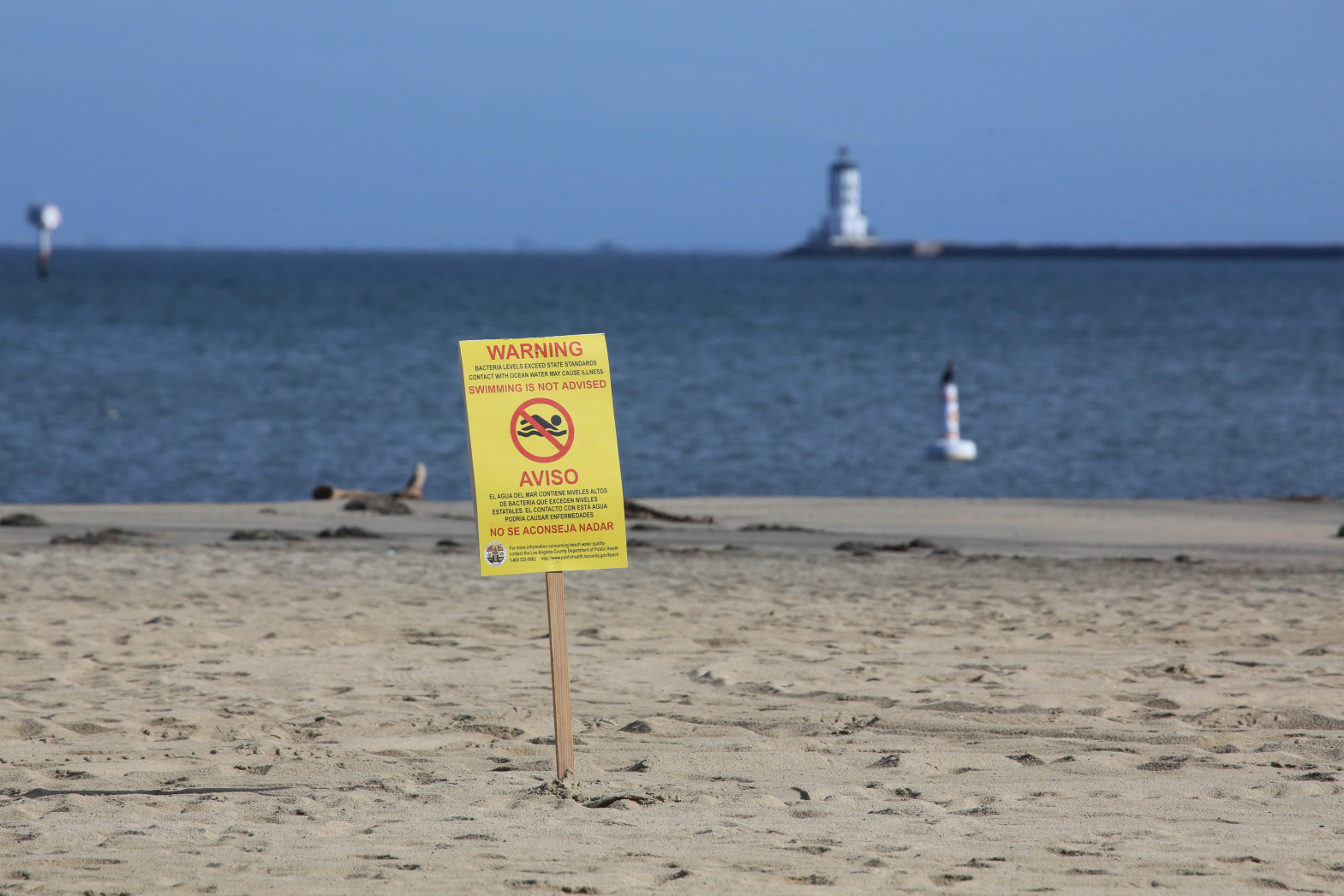
Tell Congress: Don’t defund clean water
Tell your U.S. House representative: Don't take away clean water funding.
A new study found high levels of PFAS in all fish tested in Michigan’s Huron and Rouge Rivers.
By Shannon Halinski, Intern
A new study found high levels of PFAS in all fish tested in Michigan’s Huron and Rouge Rivers. PFAS, or Per- and polyfluoroalkyl substances, refers to a group of about 9,000 different chemicals. Collectively, these substances are called ‘forever chemicals’ as they do not break down in nature and are known to accumulate in animals and humans alike.
The study, conducted by the Ecology Center, tested 100 fish from 12 different species. All fish contained some level of PFAS. The amount of PFAS found in each fish ranged between 11,000 parts per trillion (ppt) to 180,000 ppt.
Are the fish safe to eat?
While there is no federal standard for unsafe levels of PFAS in fish, the state of Michigan has issued their own consumption guidelines for specific fish in different regions. Some bodies of water, including Clark’s Marsh, are considered off limits for fishing due to high levels of PFOS contamination.
During the course of the study, the state of Michigan issued new consumption advisories for fish caught in areas of the Rouge River.
What does this mean?
The results of this study indicate widespread PFAS contamination of America’s freshwater fish.
We need to turn off the tap on toxic chemicals and stop pumping them into our environment, including into our freshwater fish.
Tell your U.S. House representative: Don't take away clean water funding.
Take Action
